|
Ansel Blume Hello! I'm a PhD candidate in Computer Science at the University of Illinois Urbana-Champaign where I am advised by Heng Ji and Derek Hoiem. Previously, I graduated from UC San Diego with majors in Computer Science and Applied Mathematics, where I worked with Stefan Savage and Geoff Voelker in the Systems and Networking Group. In my free time I enjoy dancing, which recently has included Zumba (I taught for a while) and dancesport. I used to play Pokémon competitively (VGC) and was interested in optimal stat distributions, having written an article and calculator for it. |
News
|
Research
My work is broadly in vision and language and decomposable object recognition.
|
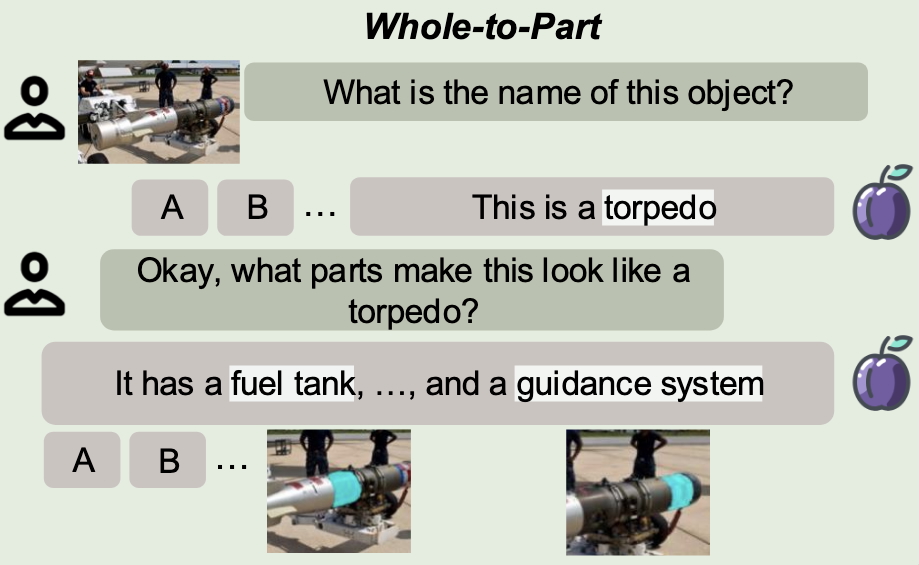
|
PARTONOMY: Large Multimodal Models with Part-Level Visual Understanding
Ansel Blume*, Jeonghwan Kim*, Hyeonjeong Ha, Elen Chatikyan, Xiaomeng Jin, Khanh Duy Nguyen, Nanyun Peng, Kai-Wei Chang, Derek Hoiem, Heng Ji Spotlight @ NeurIPS, 2025 arXiv / Code and dataset coming soon! Large multimodal models (LMMs) with the ability to segment, segmenting LMMs, have poor part understanding. We introduce the explanatory part segmentation task and construct the Partonomy part understanding dataset to evaluate it. We use Partonomy to train PLUM, a segmenting LMM with strong part segmentation abilities which outperforms other segmenting LMMs on general reasoning and segmentation tasks. |
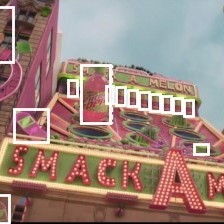
|
Search and Detect: Training-Free Long Tail Object Detection via Web-Image Retrieval
Mankeerat Sidhu, Hetarth Chopra, Ansel Blume, Jeonghwan Kim, Revanth Gangi Reddy, Heng Ji CVPR, 2025 arXiv / Github Exemplar images from the web can be used for highly effective training-free long-tail object detection by combining embedding heatmaps with SAM regions. This method far surpasses SOTA few-shot methods on several benchmarks. |
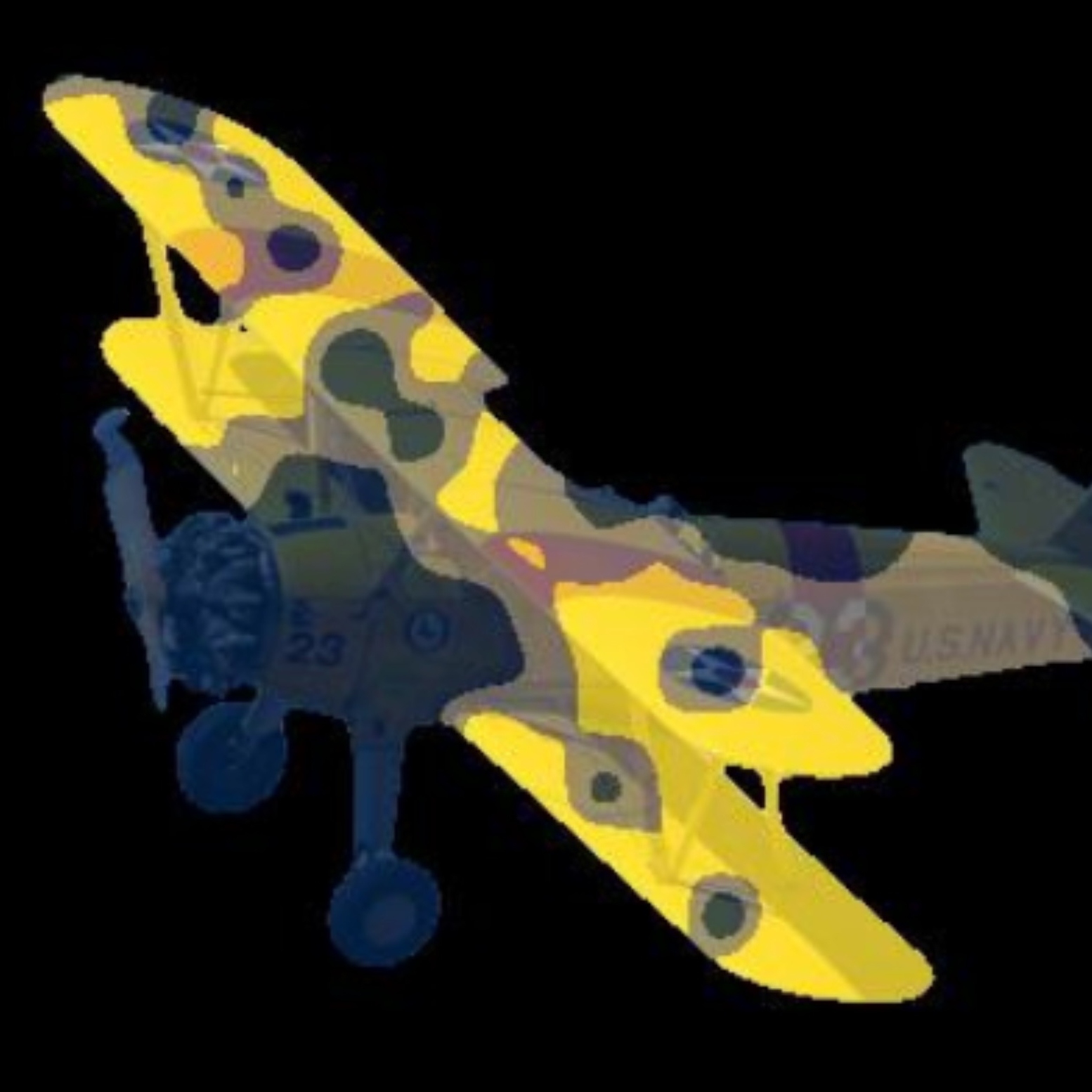
|
MIRACLE: An Online, Explainable Multimodal Interactive Concept Learning System
Ansel Blume*, Khanh Duy Nguyen*, Zhenhailong Wang, Yangyi Chen, Michal Shlapentokh-Rothman, Xiaomeng Jin, Jeonghwan Kim, Zhen Zhu, Jiateng Liu, Kuan-Hao Huang, Mankeerat Sidhu, Xuanming Zhang, Vivian Liu, Raunak Sinha, Te-Lin Wu, Abhay Zala, Elias Stengel-Eskin, Da Yin, Yao Xiao, Utkarsh Mall, Zhou Yu, Kai-Wei Chang, Camille Cobb, Karrie Karahalios, Lydia Chilton, Mohit Bansal, Nanyun Peng, Carl Vondrick, Derek Hoiem, Heng Ji ACM MM Technical Demos, 2024 ACM Page / Github We developed MIRACLE, an interactive system for object recognition that learns concepts in real-time, highlighting key regions that distinguish objects from one another. |

|
Region-based Representations Revisited
Michal Shlapentokh-Rothman*, Ansel Blume*, Yao Xiao, Yuqun Wu, Sethuraman TV, Heyi Tao, Jae Yong Lee, Wilfredo Torres, Yu-Xiong Wang, Derek Hoiem CVPR, 2024 arXiv / Project Page Region features constructed by average pooling image features over SAM regions are effective on a wide range of downstream tasks. |
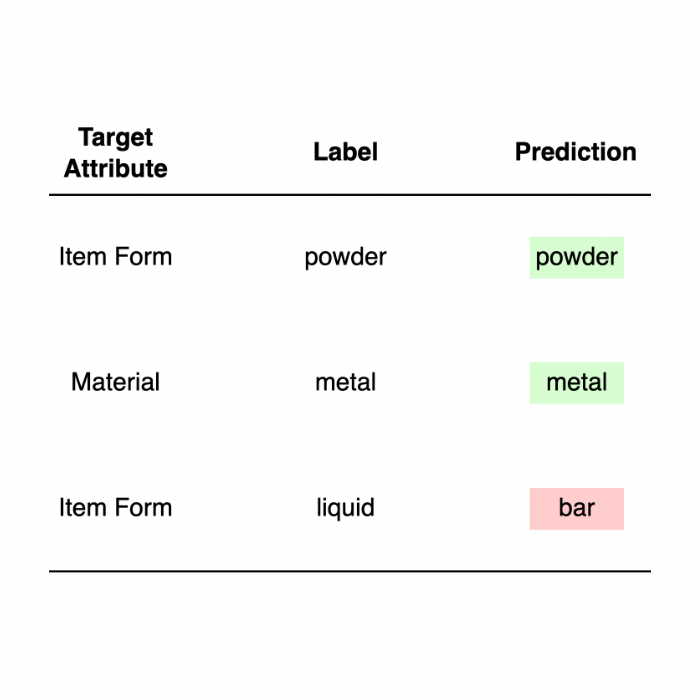
|
Generative Models for Product Attribute Extraction
Ansel Blume, Nasser Zalmout, Heng Ji, Xian Li EMNLP Industry Track, 2023 ACL Page Generative language models can outperform extractive product attribute extraction models while having greater data efficiency and the unique ability to detect implied attributes. |
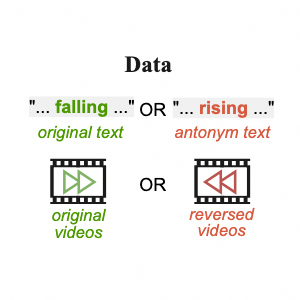
|
Paxion: Patching Action Knowledge in Video-Language Foundation Models
Zhenhailong Wang, Ansel Blume, Sha Li, Genglin Liu, Jaemin Cho, Zineng Tang, Mohit Bansal, Heng Ji Spotlight @ NeurIPS, 2023 arXiv / Github Video-language foundation models are highly biased towards using objects for action recognition, as opposed to actually analyzing the action itself. Paxion proposes a training scheme that improves action recognition without harming performance on downstream tasks. |
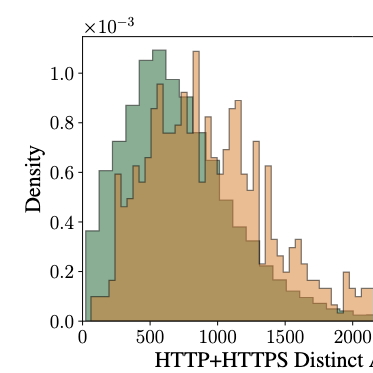
|
Measuring Security Practices and How They Impact Security
Louis F. DeKoven, Audrey Randall, Ariana Mirian, Gautam Akiwate, Ansel Blume, Lawrence K. Saul, Aaron Schulman, Geoffrey M. Voelker, Stefan Savage IMC, 2019 ACM Page A large scale study on factors and security practices that help to prevent system compromise in practice. |
